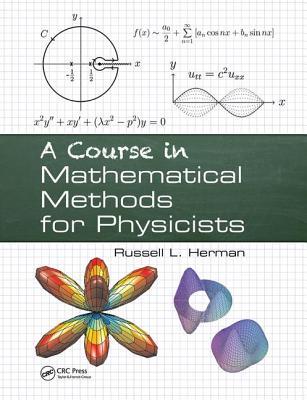A particle moves on a straight line, (mathbf{r}=t mathbf{u}), from the center of a disk. If the
Question:
A particle moves on a straight line, \(\mathbf{r}=t \mathbf{u}\), from the center of a disk. If the disk is rotating with angular velocity \(\omega\), then \(\mathbf{u}\) rotates. Let \(\mathbf{u}=\) \((\cos \omega t) \mathbf{i}+(\sin \omega t) \mathbf{j}\)
a. Determine the velocity, \(\mathbf{v}\).
b. Determine the acceleration, a.
c. Describe the resulting acceleration terms identifying the centripetal acceleration and Coriolis acceleration.
Fantastic news! We've Found the answer you've been seeking!
Step by Step Answer:
Related Book For 

A Course In Mathematical Methods For Physicists
ISBN: 9781138442085
1st Edition
Authors: Russell L Herman
Question Posted:





